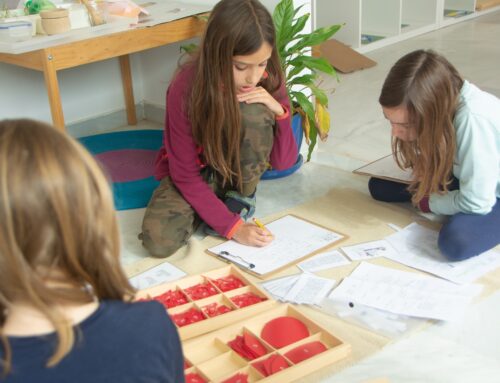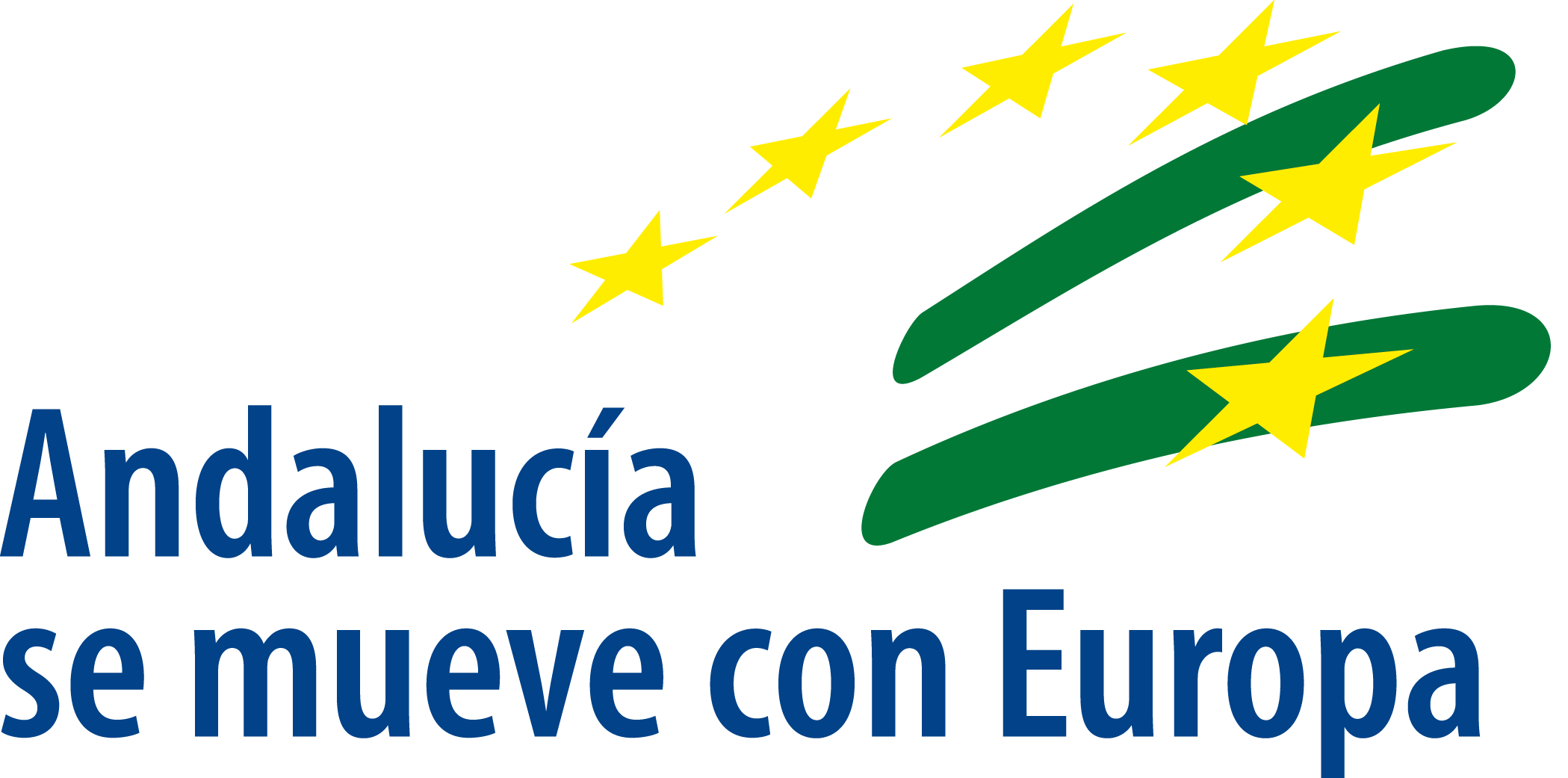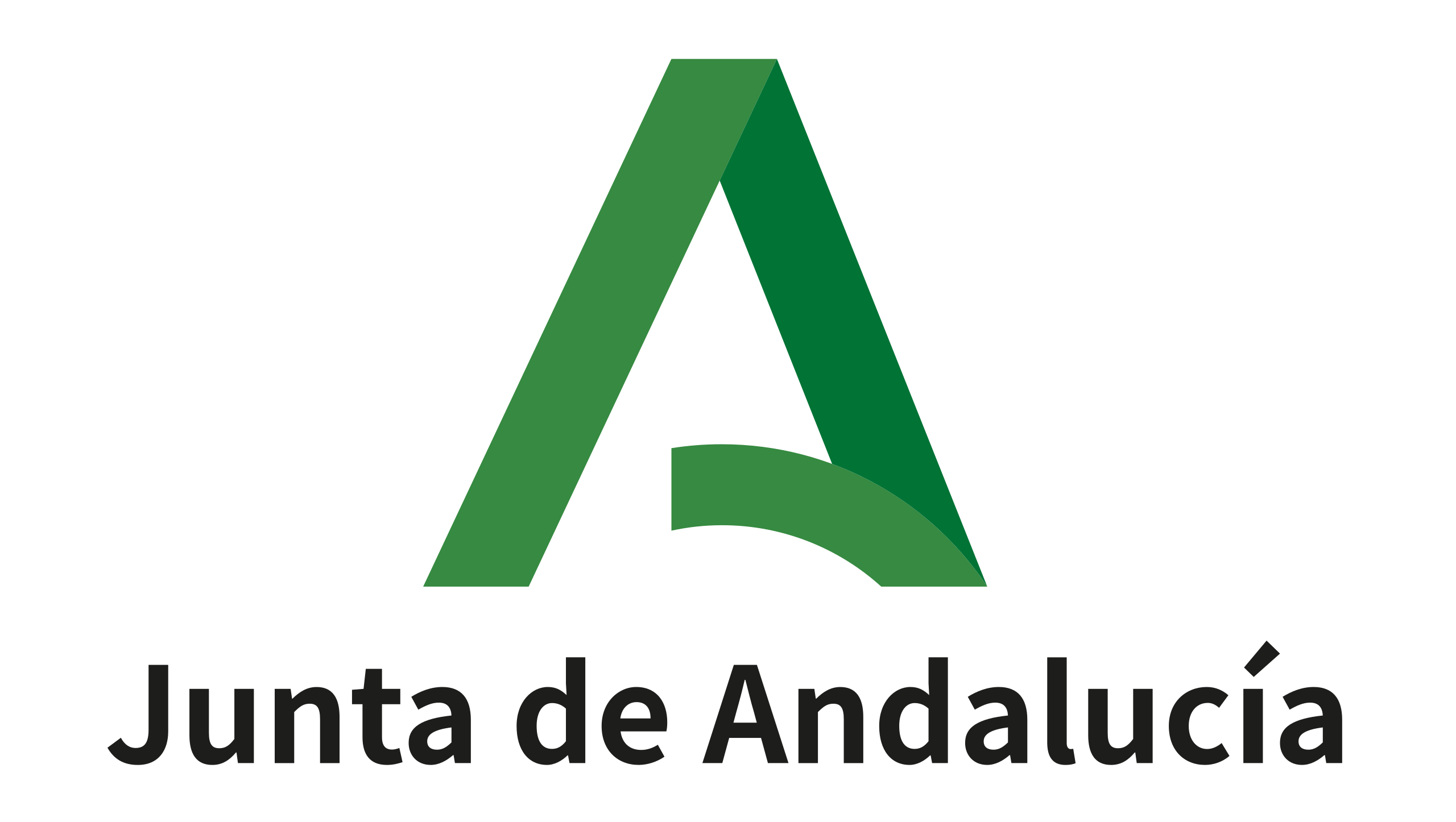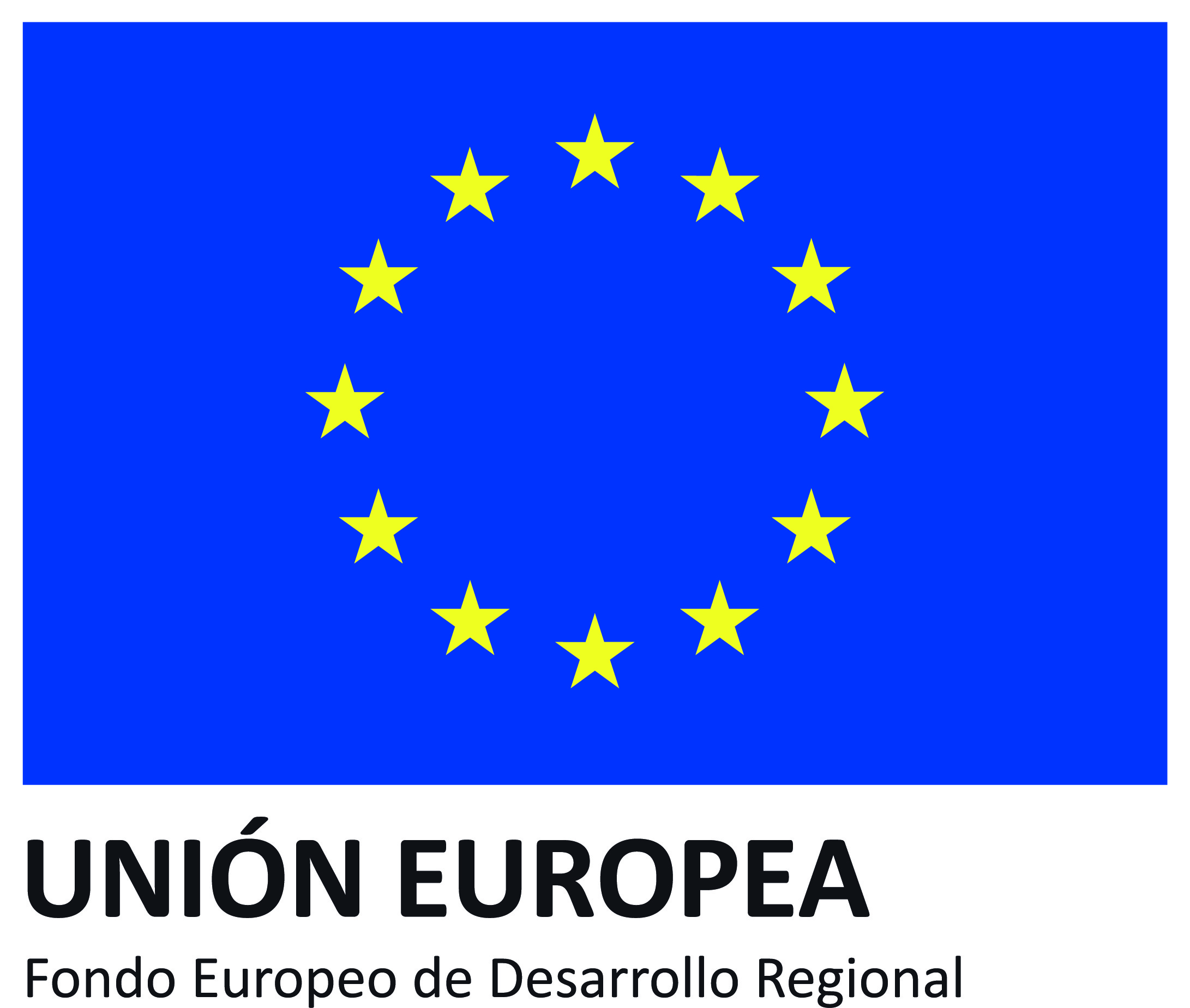Meditation, a tool for emotional education
A few days ago we attended the Emotional Education Congress organized by ASEDEM (Spanish Association of Emotional Education) and held at the Pablo Olavide University in Seville. A very interesting and necessary congress in equal parts, which had a great reception thanks to the participation of great professionals, among others, José Antonio Sánchez Medina, Begoña Ibarrola, Rafael Bisquerra, Ana Peinado, Carlos Hue, Andrés París, Leticia Garcés, Esperanza Meseguer, Ana Forés, Alma Serra and Nazareth Castellanos; and thanks also to the great interest of the teachers who attended because they feel the urgency of undertaking a more humane and respectful education for children. Each and every one of the interventions of the participating speakers was a true gift for the attendees, however, we would like to highlight the intervention of Nazareth Castellanos in this congress.
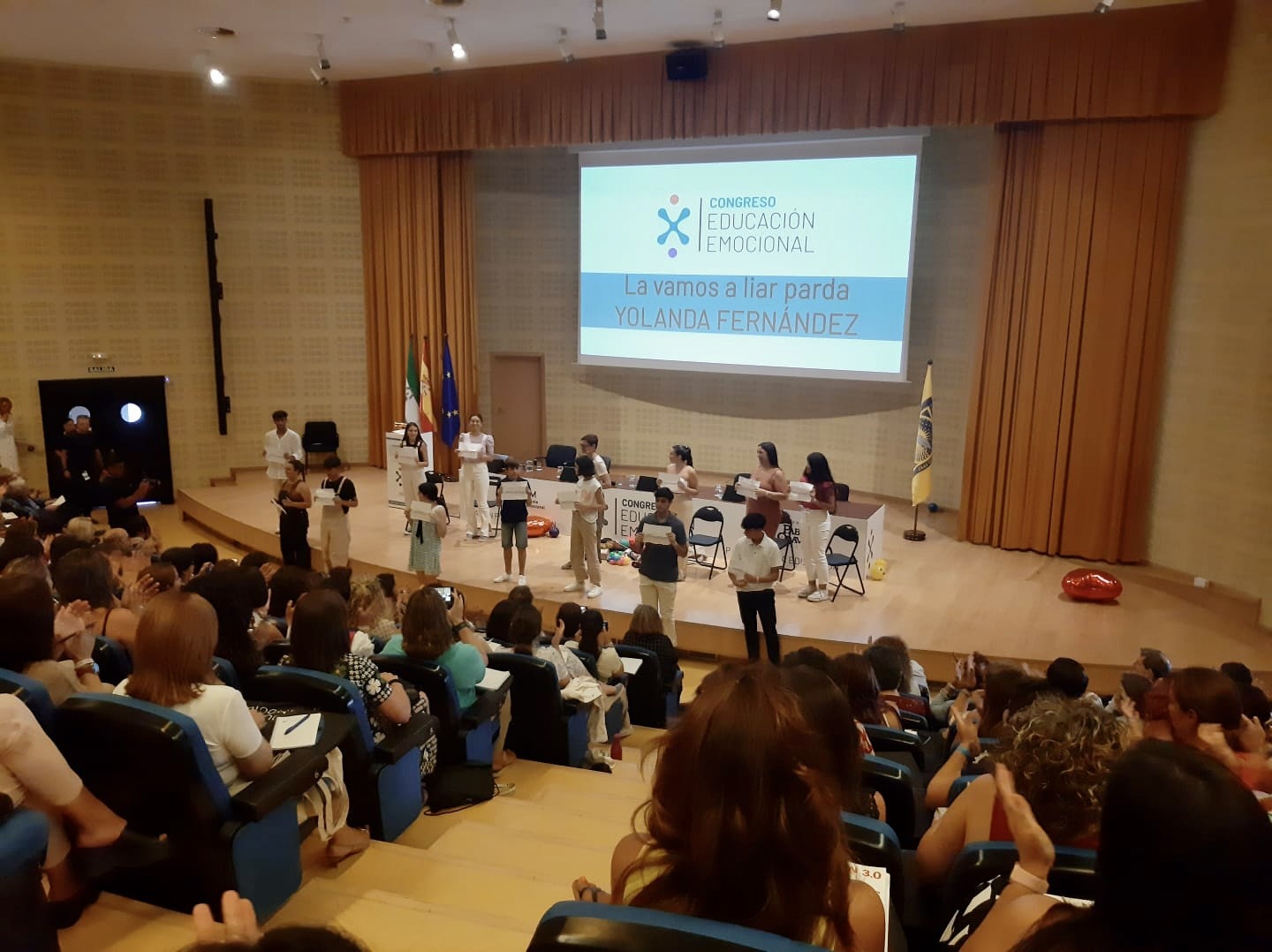
Nazareth Castellanos has a degree in Theoretical Physics and a PhD in Neuroscience. She is currently the director of the research project “Brain-Body Interaction during meditation” that is being developed at the Complutense University of Madrid. She told us in her presentation about the need for meditation in classrooms, focusing her speech on three fundamental aspects: Food, movement and breathing.
Regarding nutrition she highlighted the importance of the insula 1 and the microbiota 2 in neuronal growth. The microbiota is on the skin and mainly in the intestine. If the diet is varied, the organization of the microbiota is favorable for the immune system and helps us feel better. But, when there is an imbalance (due to medication, excess sugars, shortage of fruits and vegetables, etc.) anxiety, stress, irritability and other diseases can be generated. This imbalance is related to inflammation, moods and behavior. The microbiota has therefore long been related to the metabolic and endocrine system, but the latest research confirms that it also acts in the immune and nervous system.

Brain and gut are linked by the autonomic nervous system. Neuronal growth depends on the intestine since when the soma is created (let’s say it would be the birth of the neuron) it needs neurochemical factors to grow and not die and these neurochemical factors also depend on the balance of the microbiota. Therefore, Nazareth concludes that memory, behavior, mood or attention, as well as cognitive development, fundamental in learning, are directly related and influenced depending on diet.
On the other hand, Nazaneth tells how movement also helps balance the microbiota by acting positively on it. Walking, dancing, physical exercise, are activities linked to the human being as such and not the atrocious sedentary lifestyle that has been occurring in our society and, by extension, in our boys and girls. A sedentary lifestyle makes the microbiota less varied and balanced, above all, less cooperative with our well-being. On the other hand, she tells us about the importance of people learning to feel our bodies. Antonio Damásio maintains: “I feel, therefore I exist”, filling the famous “I think, therefore I exist” with another meaning. Damásio argues that if we know how to recognize that we feel our body (interoception), we make better decisions.
Movement is related to the nervous system, so simply a walk can reduce stress in the insula. Sitting for so long to complete the current educational curricula in the traditional way does not favor the somatosensory cortex because we are beings designed for movement and we cannot follow the principle of brain integration, which aims to make both hemispheres work together to resolve conflicts , since activating both hemispheres produces a change in perspective and the person has more resources to deal with problems. Dr. Nazareth Castellanos states that “the day we have understood the movement, we will have understood the emotion”.
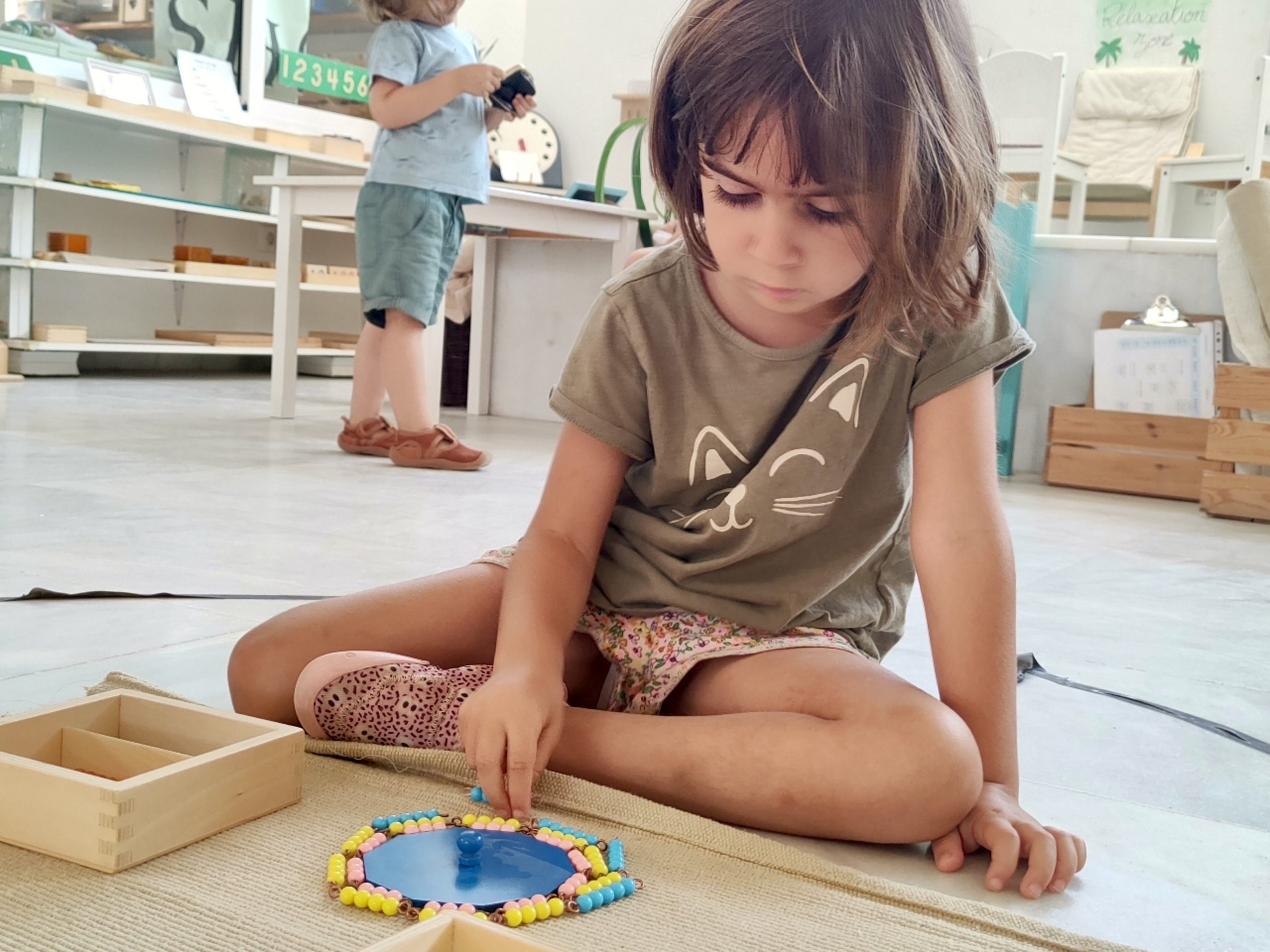
And if food or movement helps cleanse the brain, in the shorter term, almost immediately, so does breathing. We can change our breathing in just 5 seconds and it is also a process about which we have greater awareness. The heart is the organ that most influences the brain and it speeds up or slows down with breathing, so we can influence it. In the same way, the heartbeats of two people close to each other influence each other, slightly changing their rhythms, and the same happens with breathing. We co-regulate. Our being does not end only in us, so our body does not end in our skin. Teachers must help in the co-regulation of our students, to do so, just breathing slowly and through the nose helps our boys and girls. Nazareth Castellanos says “The best favor we can do for others is to be good with ourselves”.
For this reason, Nazareth ends her conference explaining the importance of including in schools moments of the day in which children observe their breathing, feel their own body, to be able to recognize how they feel in other circumstances and empathize with the feelings of others. For this, meditation is a great tool. Breathing in our daily life and in meditation must always be nasal and soft. For each inspiration, double the expiration time. On inspiration, the air that enters through the nose reaches the olfactory bulb, generating a small electricity that impacts the hippocampus, favoring organization, coordination and neuronal order and, therefore, improving attention and memory.
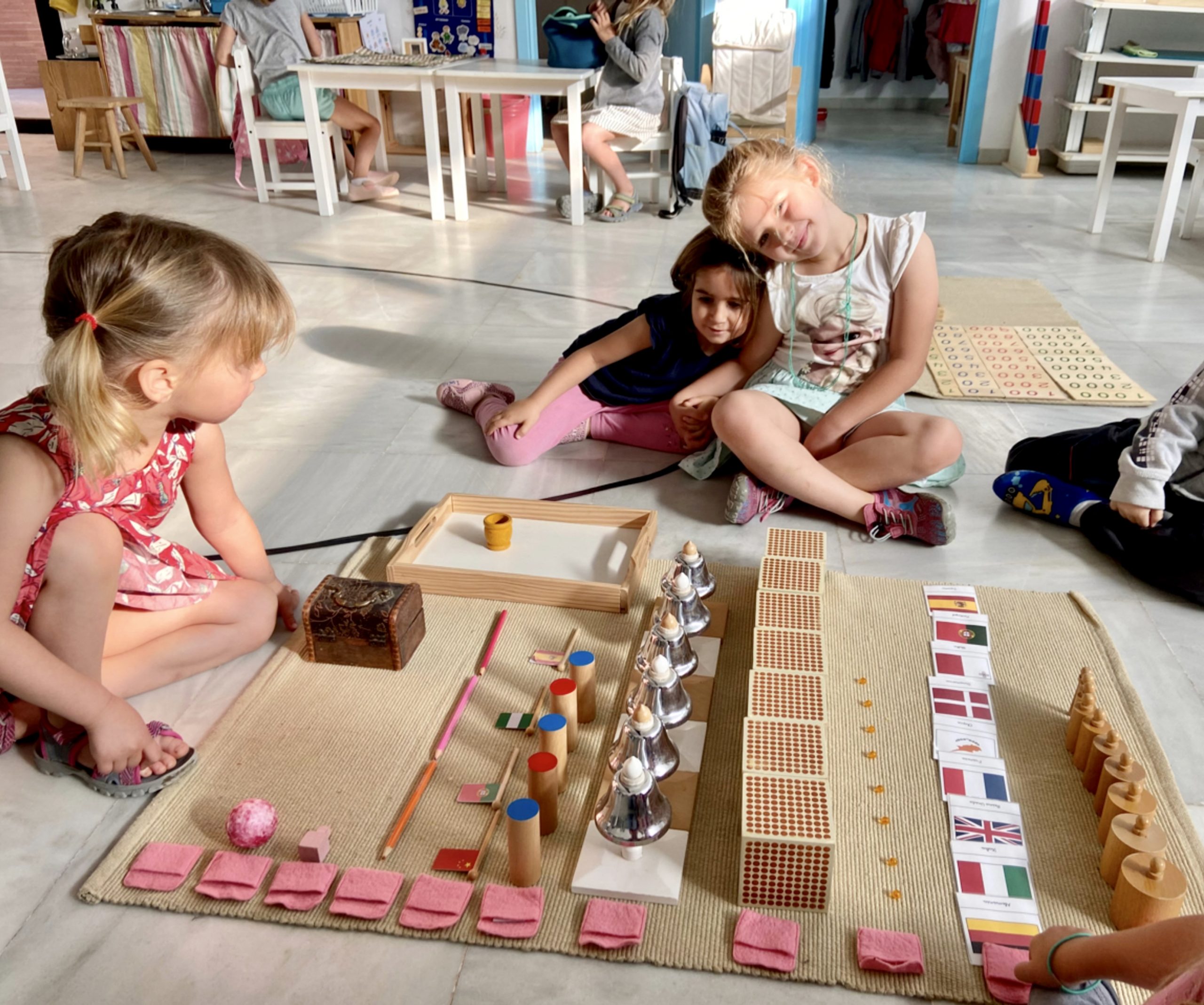
At EducoMontessori International School we have meditated daily, for many years, and movement is present transversally in our daily lives. Freedom of choice allows them to move around the environment, work in groups, work seated or on mats. They have a lot of free play time outdoors and we also develop a neuromotor development program.
1 It is a structure of the human brain located deep in the Sylvian fissure, lateral to the brain.
2 Microscopic flora that resides in an organism.









